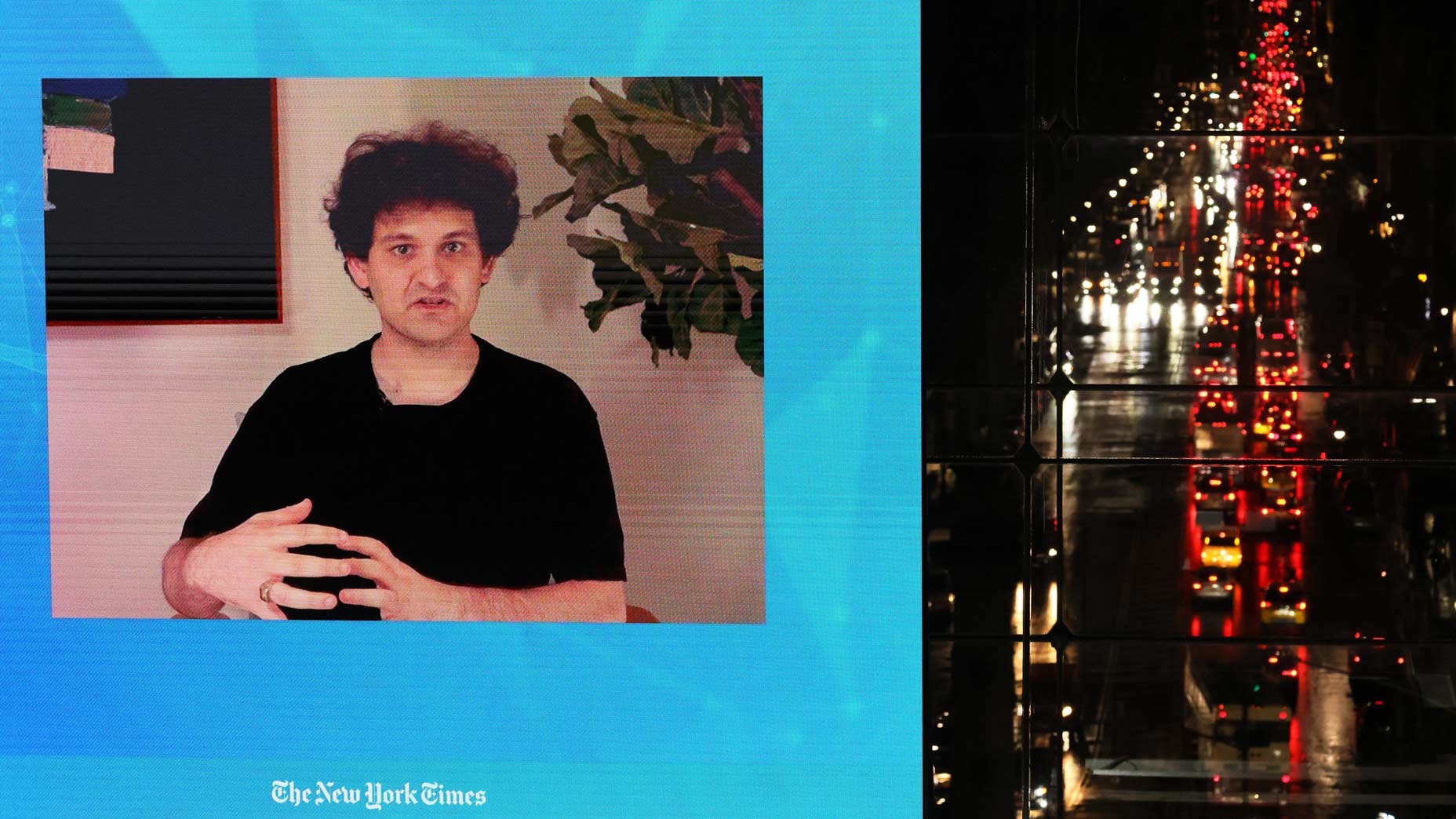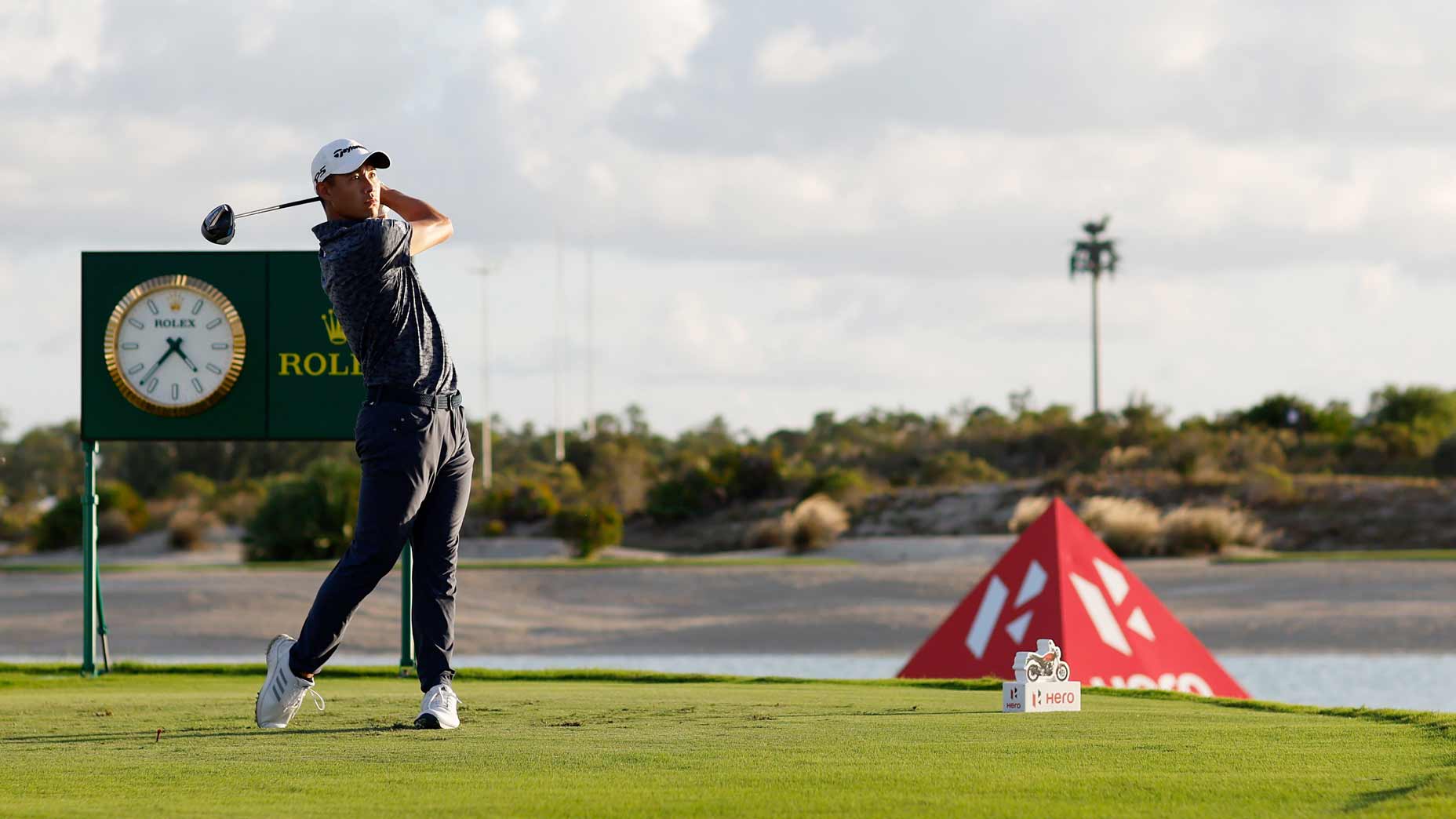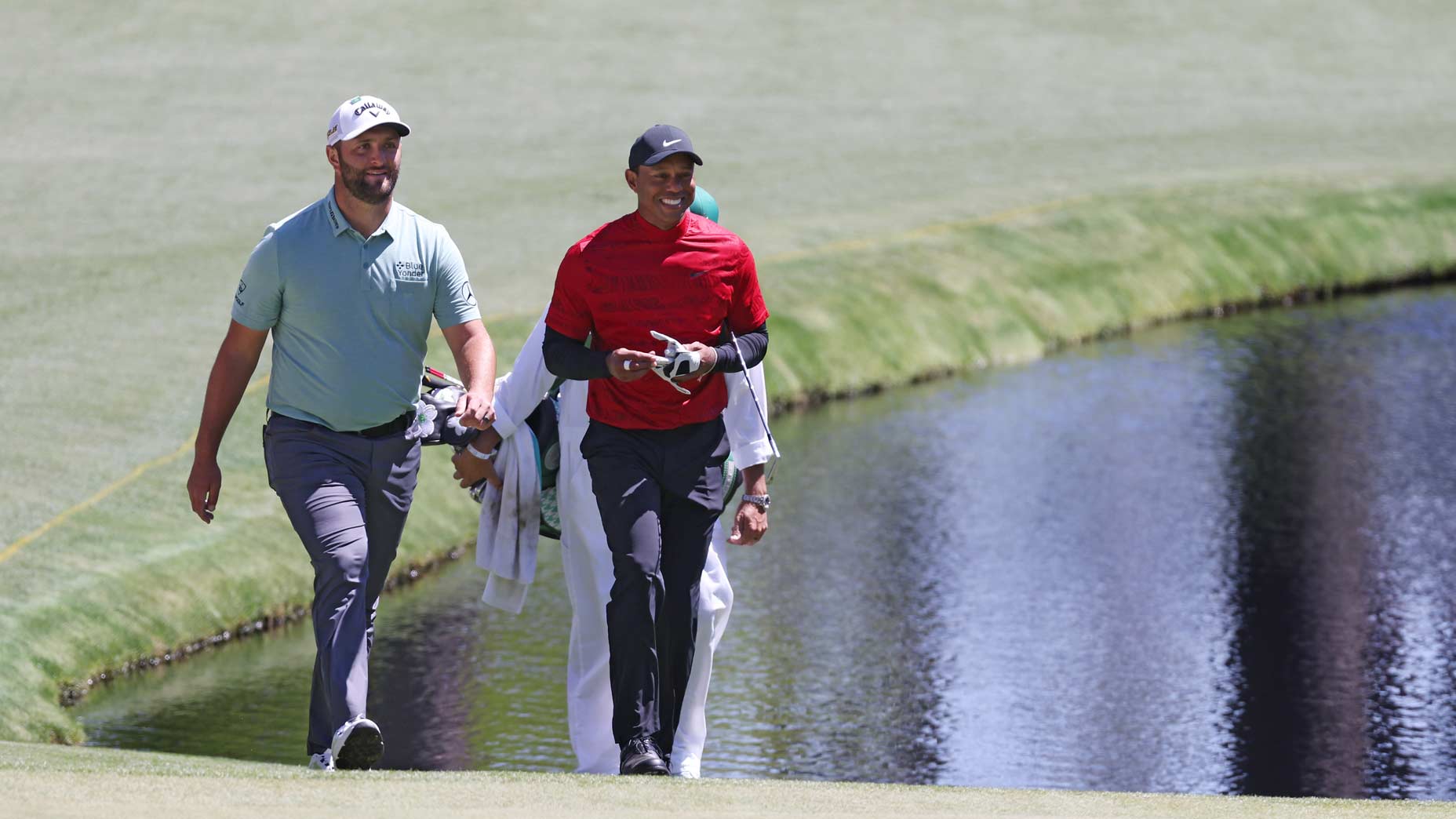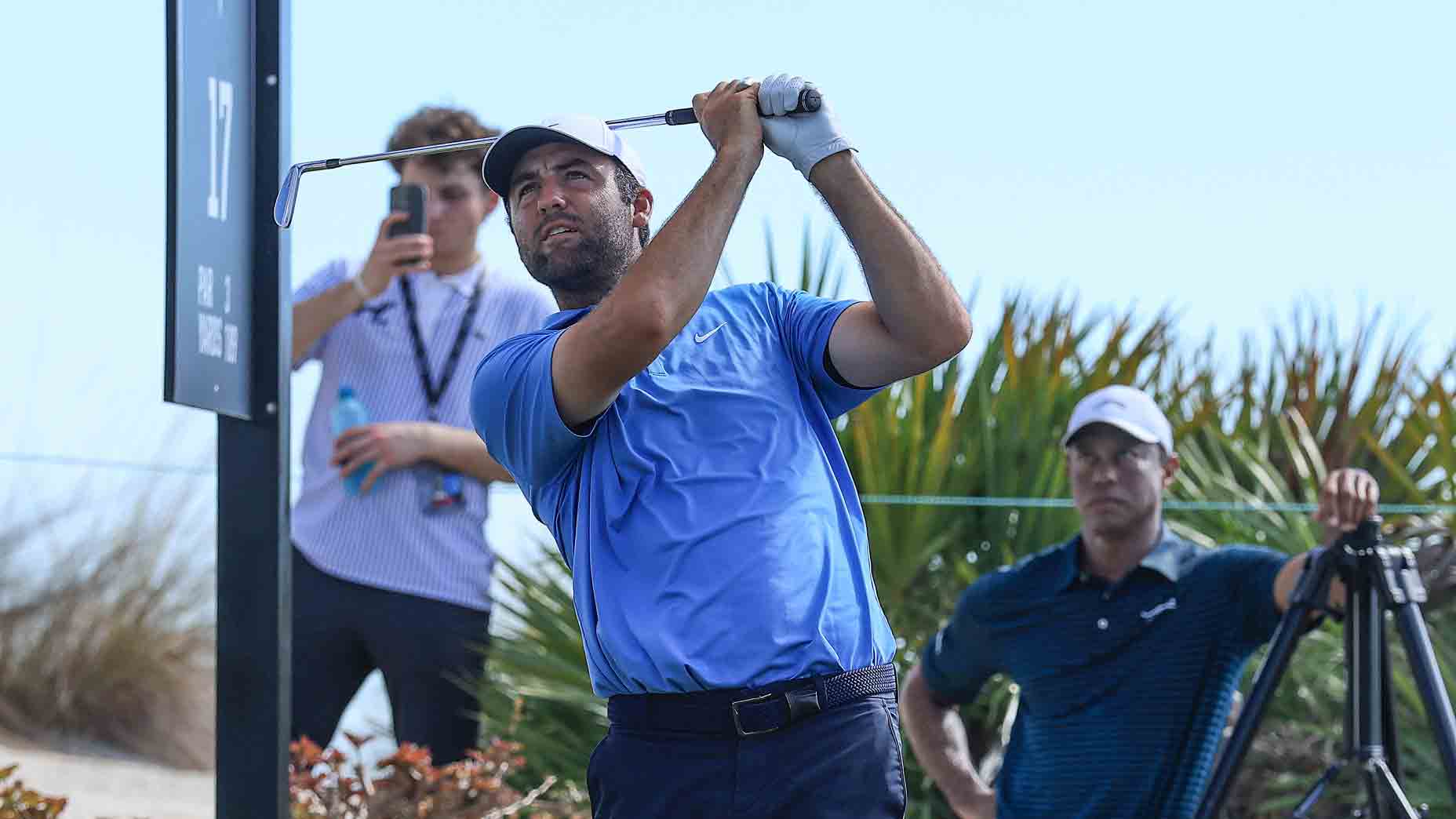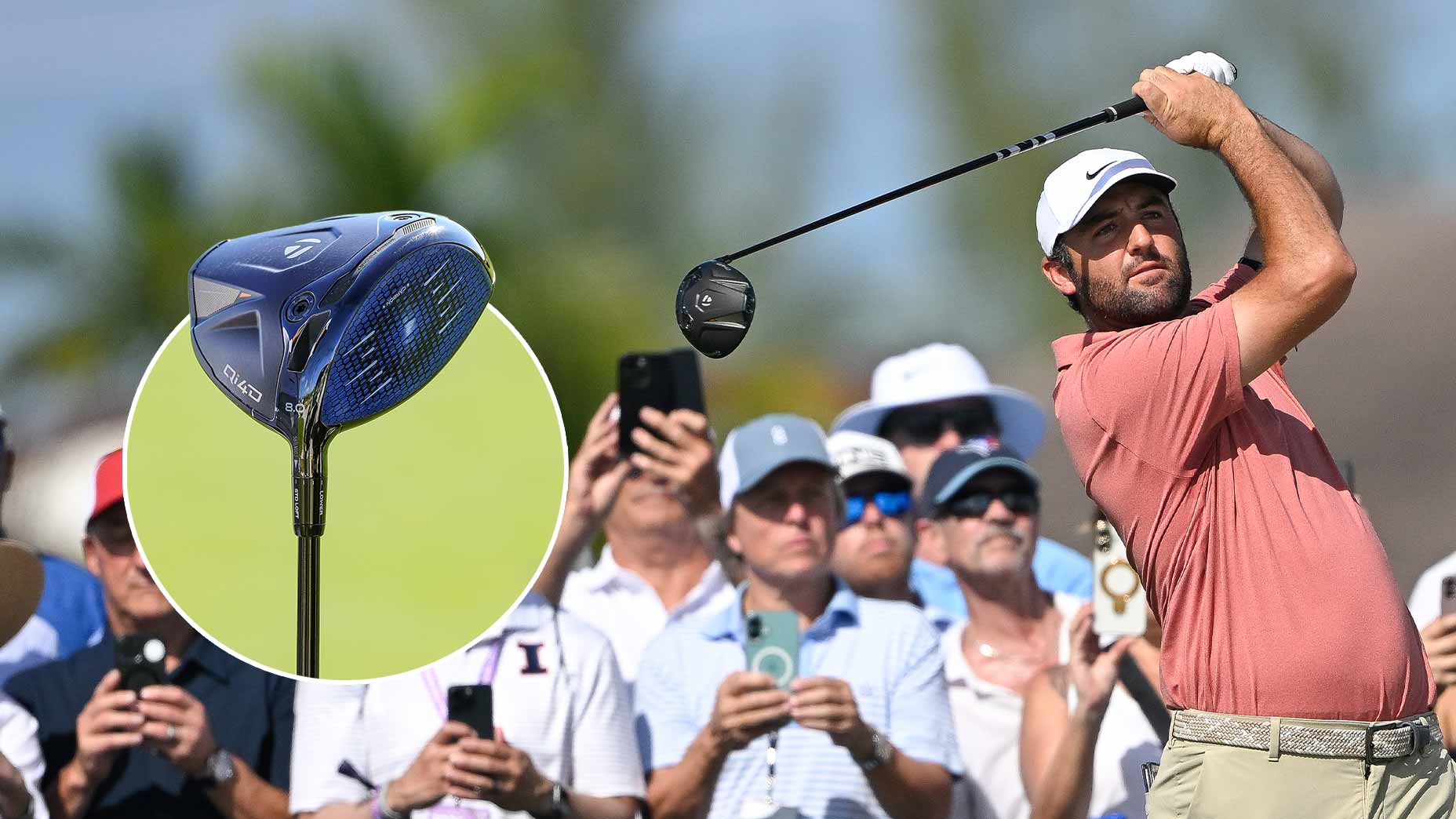Grass cut to fairway length or less, or not? Relief or no relief?
In the end, the answers were both negative during Thursday’s Hero World Challenge first round. But the lengthy sequence was not without spirit. Justin Thomas called for a “second opinion” on a ruling. There was talk about grass color. Grass length, too. (Who knew those latter topics could be so interesting?)
The exchange started after Thomas’ second shot on the par-5 9th at Albany Golf Club. His ball, after earlier rain, had picked up mud after it settled about 50 yards short of the pin, and Thomas was wanting preferred-lies — or lift-clean-and-place — relief, which was in play and typically applies to grass length noted above. But where was Thomas’ ball sitting?
Why Sam Bankman-Fried is the biggest curiosity at Hero World ChallengeBy: Dylan Dethier
On the Golf Channel broadcast, it appeared it was in a slightly darker shade of grass than what looked to be the fairway, which was a few feet to the right. However, the grass where Thomas’ ball was also seemed to be the same length as the fairway cut, and that was Thomas’ argument when he called over a rules official.
Lose his case, and he would be forced to hit a nasty mud ball.
“Basically, what’s going on?” Thomas said to the official, the conversation picked up by Golf Channel mics.
After a couple minutes, the official pointed at a lengthy line that divided the shades of grass, or, apparently, the divider between the fairway and non-fairway. Thomas then noted what he believed was actual rough, a thick patch of grass a few yards forward and to the left.
“But you see, what I’m saying, this is also beat down from the carts, but look at how much longer this is than this,” he said before walking over to the thicker grass. “Like see, this is the same height [where his ball was and the apparent fairway.] I totally see it’s down grain and it’s a totally different color, but … the change of the length of grass is just what kind of confused me.”
2022 Hero World Challenge tee times: Round 2 pairings for FridayBy: Kevin Cunningham
The talk continued, and when he was apparently denied relief, Thomas asked for the second opinion. “It’s the same exact length,” he told his caddie, Jim “Bones” Mackay. “… This is not rough.”
Did he have a point? Model Local Rule E-3, which addresses preferred lies, says: “When a player’s ball lies in a part of the general area cut to fairway height or less [or identify a specific area such as ‘on the fairway of the 6th hole’], the player may take free relief once.” It’s also worth noting that the rule book also says that model local rules “can either be adopted in their entirety or can serve as an example of how to write a particular type of Local Rule.”
After a couple more minutes, the second official carted over. Thomas again pointed out the rougher-looking rough.
“Again, you can see like it’s a totally different kind of grass: This is rough,” he said.
Rules official two stood by rules official one, though.
“I can see the cutline right here,” he said, pointing to the aforementioned divider between the shades of grass — and ruling that Thomas could not get relief.
And that was that.
Injured Tiger Woods got put on clock at Masters, says Jon RahmBy: Dylan Dethier
“All right. Thanks,” Thomas said.
From there, Thomas pitched on to about 20 feet short of the hole. A voice in the background said: “Didn’t even need it,” a reference to the relief. Thomas went on to two-putt, and he signed for an even-par 72, which is three strokes behind the leaders.
“That second opinion almost never works,” analyst Paul Azinger said on the broadcast.
“Really?” announcer Dan Hicks said.
“Never,” Azinger said. “Very rarely will an official go against another official.”

